Observing and & Predicting the Mid-Atlantic Coastal Ocean
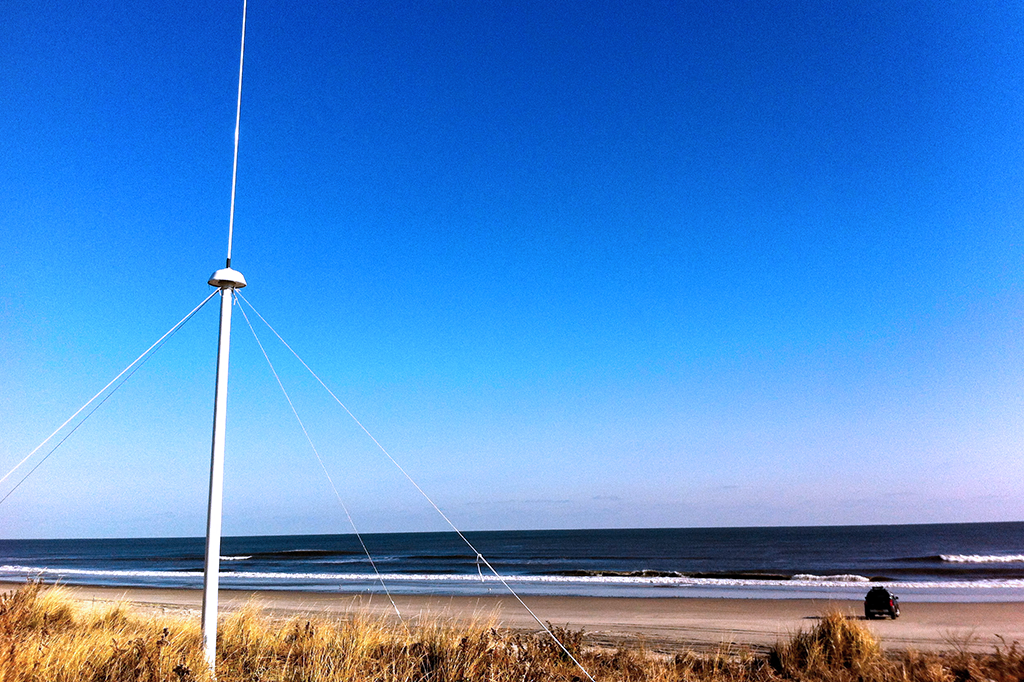
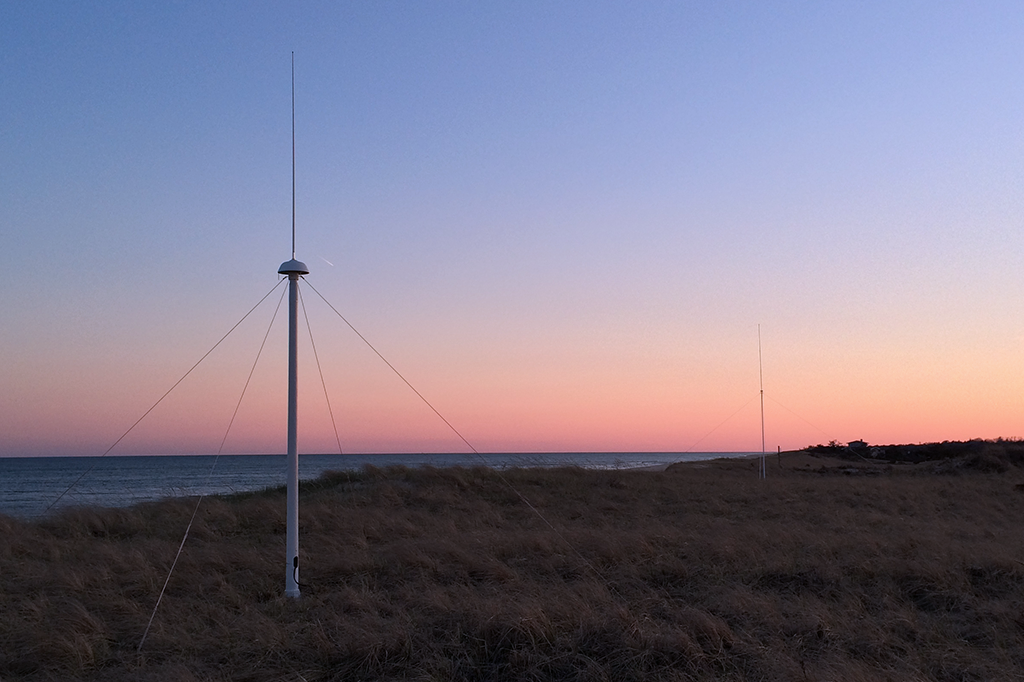
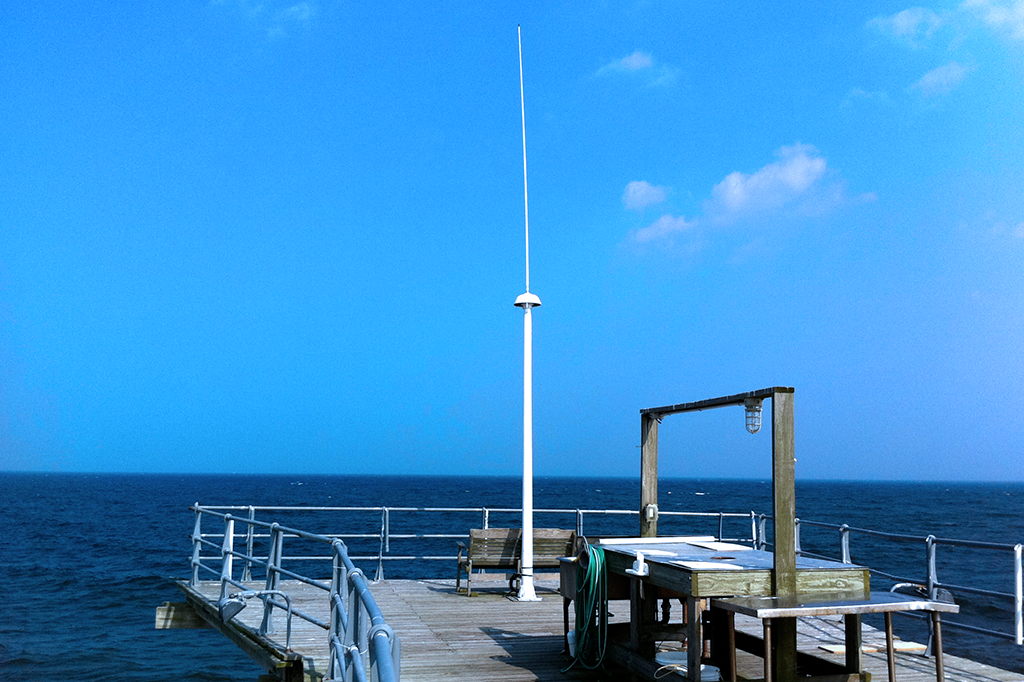
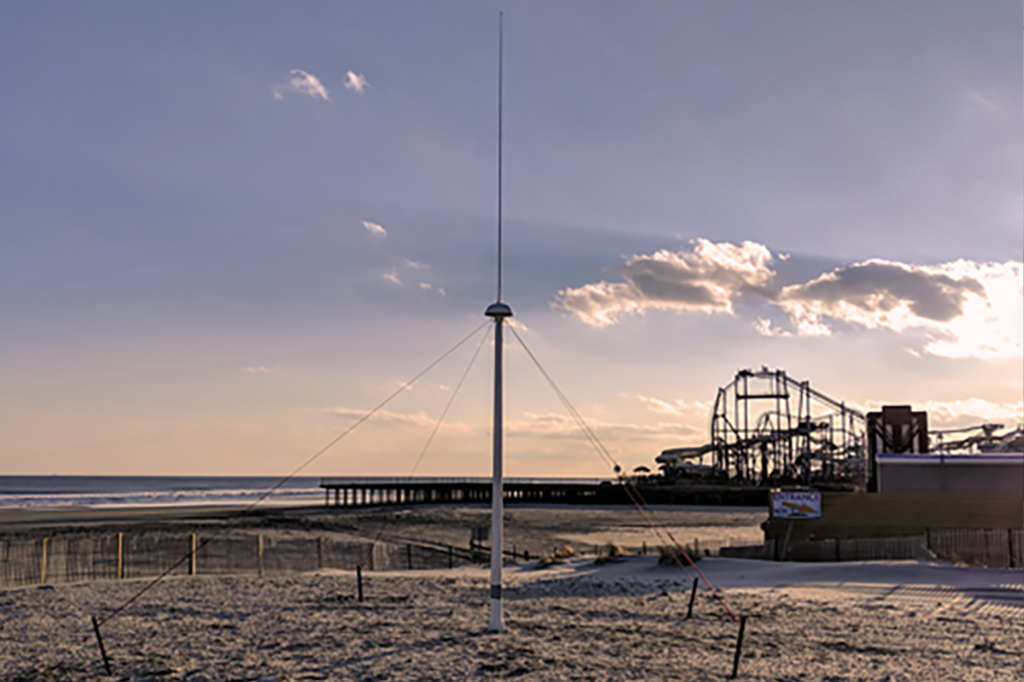
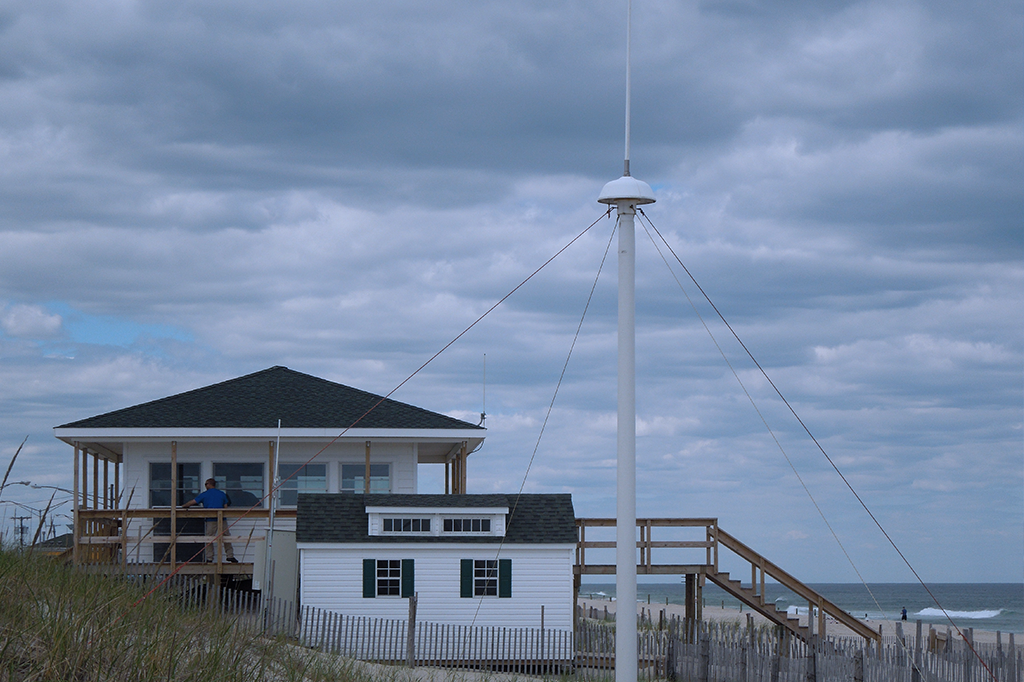
RUCOOL is focused on establishing a state-of-the-art ocean observation and predictive capacity for the Mid-Atlantic Bight. The Mid-Atlantic Bight (MAB) extends from Cape Cod to Cape Hatteras. It has no major estuaries and is the dynamic boundary between cooler arctic and warmer tropical waters and a wide continental shelf. The MAB contains 76 million people (~25% of the US population) resulting in many competing demands for resources. RUCOOL is part of the Mid-Atlantic Regional Association Coastal Ocean Observation System (MARACOOS).
Water Quality

RUCOOL is dedicated to monitoring water quality in our local bays, estuaries, and coastal ocean. We employ programs for autonomous glider-based monitoring of dissolved oxygen and pH (ocean acidification) in shelf waters that provide key habitat for many important recreational and commercial species. We also use the highly urbanized Raritan Bay as a classroom, whereby students participate in water quality sampling several times per year in partnership with the New Jersey Department of Environmental Protection (NJDEP). We have also partnered with NJDEP to make rainfall and coastal water conditions data available to the public.
Health & Human Safety
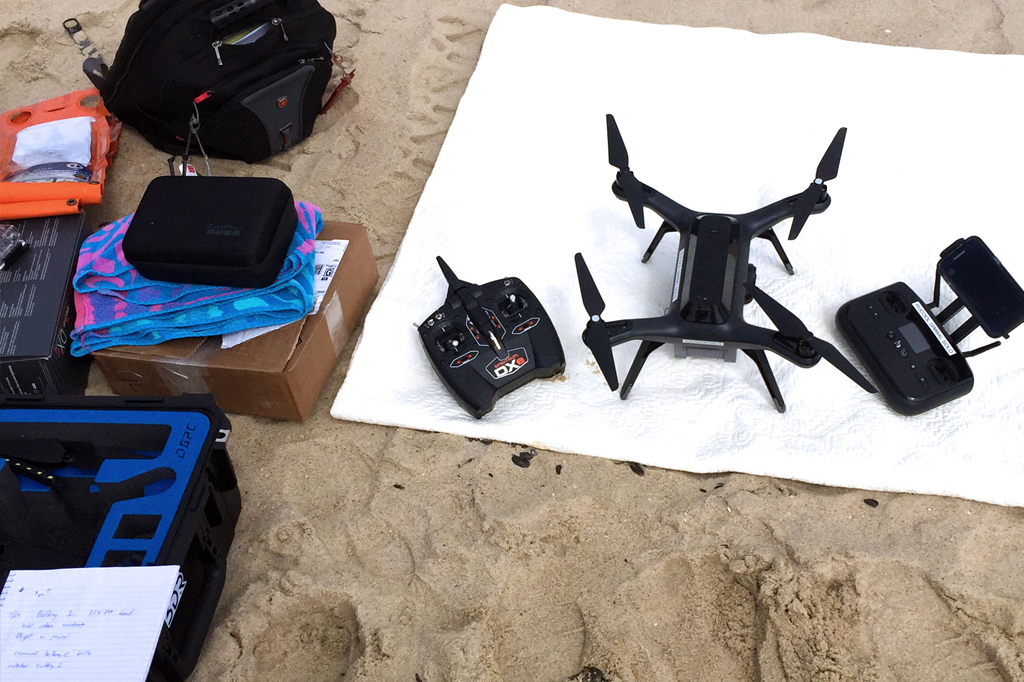
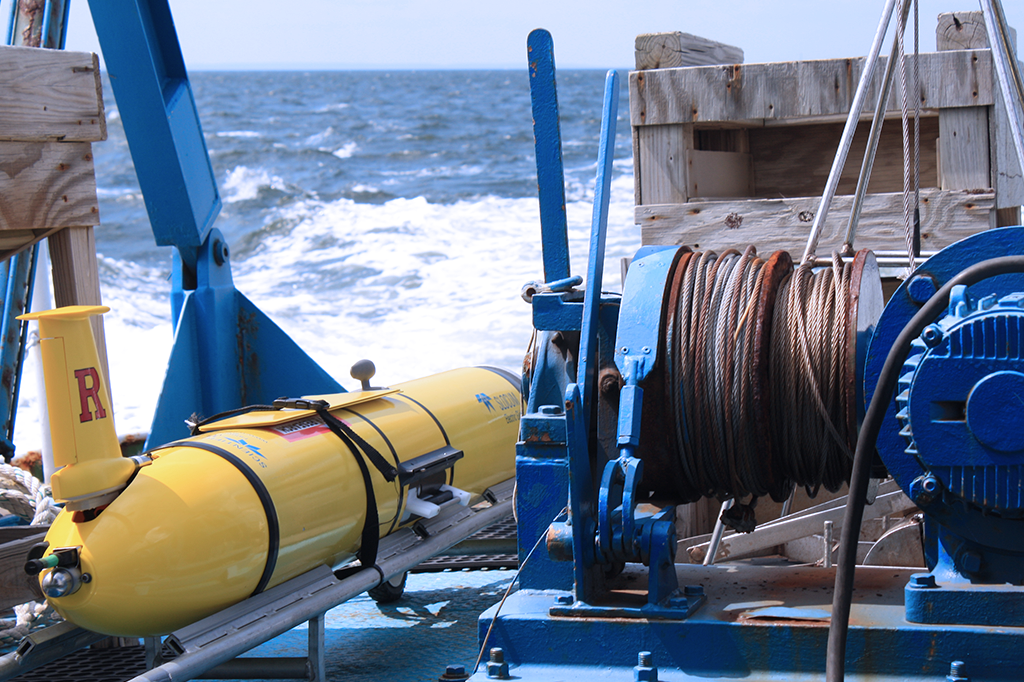
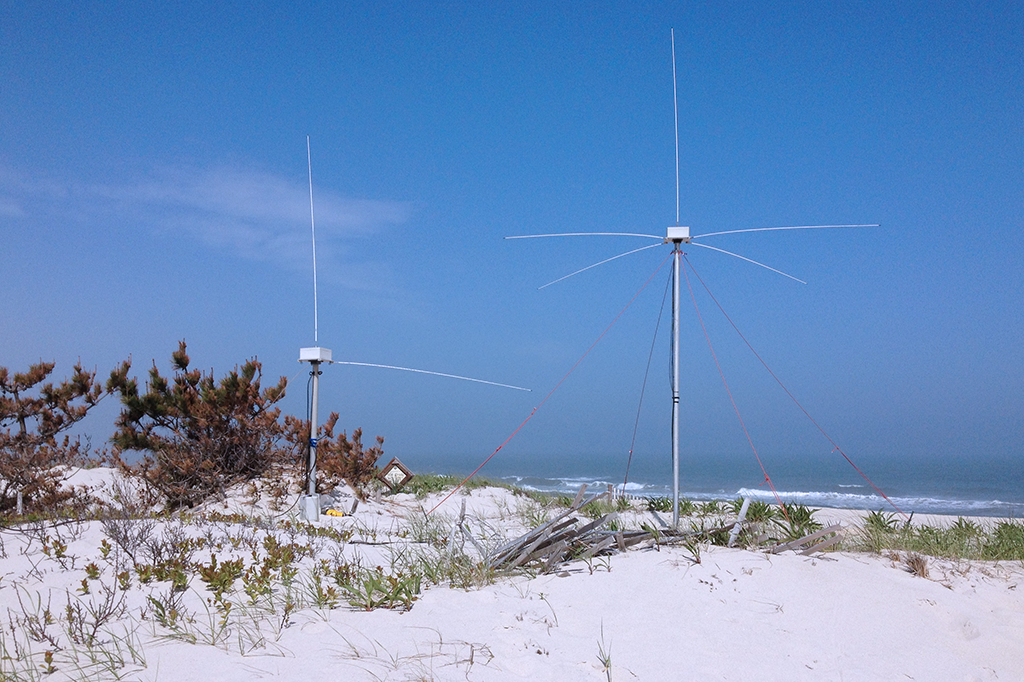
The connection between human health and the oceans has been gaining increased attention. RUCOOL has had a longstanding focus on the impact of changing ocean conditions on human health. Rutgers partnered with Mote Marine Lab to develop an ocean observatory for the West Florida shelf for early detection of Harmful Algal Blooms (HABs) that was also utilized in the response to the Deepwater Horizon Oil Spill. Since 2009 RUCOOL and MARACOOS have supported the United States Coast Guard in its search and rescue mission by providing the highest resolution and most up to date surface currents as input to the Coast Guard’s drift models. In collaboartion with the cities of Long Branch and Belmar, NJ we are developing the use of drone technology for use in lifeguard operations.
